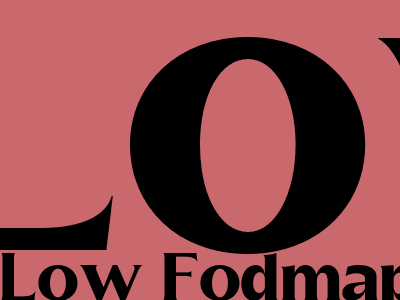The Low FODMAP Diet Chart: A Personalized Guide to Managing IBS
Understanding the Low FODMAP Diet
The Low FODMAP (Fermentable, Oligosaccharides, Disaccharides, Monosaccharides, And Polyols) diet is a highly effective dietary approach for managing Irritable Bowel Syndrome (IBS), a common gastrointestinal disorder affecting up to 15% of the global population. FODMAPs are short-chain carbohydrates poorly absorbed by the small intestine, leading to digestive symptoms such as bloating, gas, and abdominal pain in IBS patients.
How the Low FODMAP Diet Works
The Low FODMAP diet revolves around eliminating FODMAPs from the diet for a period of 6-8 weeks, followed by gradual reintroduction to identify individual FODMAP triggers. This process allows for the customization of the diet to each individual's tolerance levels, maximizing its effectiveness in symptom management and improving overall well-being.
Navigating the Low FODMAP Diet Chart
- The Low FODMAP Diet Chart is a comprehensive guide categorizing foods into three groups: low FODMAP, moderate FODMAP, and high FODMAP.
- The chart covers a wide range of foods, including fruits, vegetables, grains, dairy products, and meats, providing a clear understanding of which foods to include and exclude during the elimination phase.
It's important to note that the Low FODMAP Diet Chart is a starting point, and individual sensitivities may vary. Working with a registered dietitian or healthcare professional can help tailor the diet to specific needs and ensure optimal symptom management.
Benefits of the Low FODMAP Diet
- Significant reduction in digestive symptoms such as bloating, gas, and abdominal pain.
- Improved overall digestive function and elimination.
- Enhanced quality of life and well-being for IBS patients.
Additional Tips for Following the Low FODMAP Diet
- Read food labels carefully to identify hidden FODMAPs.
- Experiment with low FODMAP recipes to maintain a varied and enjoyable diet.
- Seek professional guidance from a registered dietitian or healthcare provider for personalized advice.
Adopting the Low FODMAP Diet can be transformative for individuals with IBS, offering a path to symptom management and improved quality of life. By following the Low FODMAP Diet Chart and incorporating these additional tips, you can effectively reduce digestive discomfort and regain control of your gastrointestinal health.

Comments